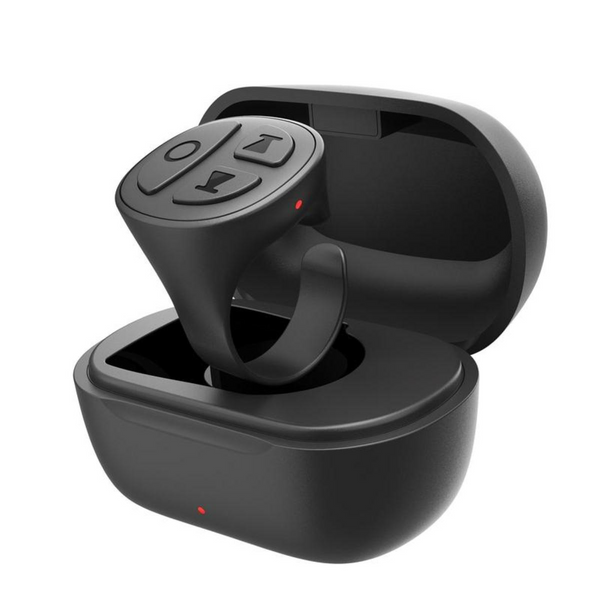Gitfos printer
Amazon link: https://www.amazon.com/dp/B09SB4DYC7
The printhead of a thermal printer consists of an array of tiny heating elements. The paper has a special coating that turns dark grey when heated. Computers can print characters and designs by turning the appropriate elements on or off as the paper passes through the printhead. Thermal printers are inexpensive and quiet. They are usually small and printed on a strip of paper a few centimeters wide. They are commonly used in supermarkets and stores to print bills. Their main disadvantage is that the print will fade over time and may disappear from overheating.
Gitfos thermal printer
The typical method of operation for a thermal printer is to retract the paper from its normal guillotine or tear-off position at the start of reception so that the beginning of the page is below the thermal head. To avoid having a driver for each element, the printhead can be electrically divided into sections for printing in a matrix. Data is latched into a part and printer within 1 to 2.5 milliseconds. When printing all parts of a line, the paper advances 1/3.85mm for a standard line or 1/7.7mm for a fine line.
A standard line can be achieved by printing 2 identical high-resolution lines. At a temperature of about 90°C on the paper, the required printing energy is about 1/4mJ per black dot. Print times per line are typically between 5ms and 20ms, automatically compensating for ambient and printhead temperature by varying supply voltage or print pulse time.
Therefore, thermal printers have extremely fast printing speed and printing stability.

















